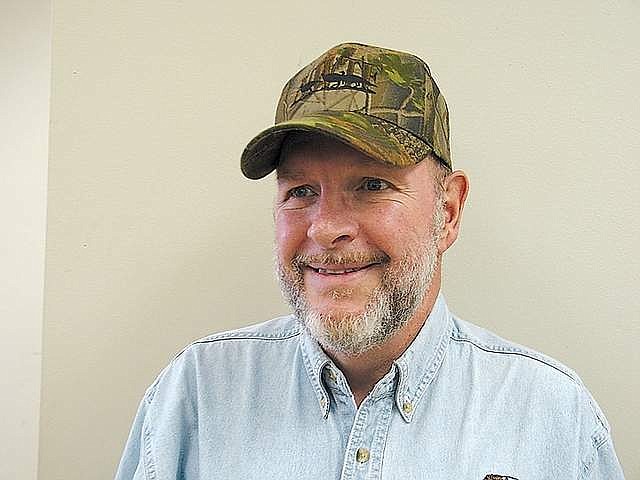The dangers of mixing chemicals
Well, there isn’t much need to mix chemicals in the slow-down operation of a population of starlings. Although this isn’t always true. Sometimes a poison is used, if the population is causing great distress on one or neighboring farms.
Become a Subscriber!
You have read all of your free articles this month. Select a plan below to start your subscription today.
Already a subscriber? Login



